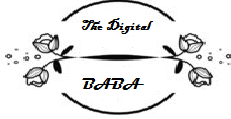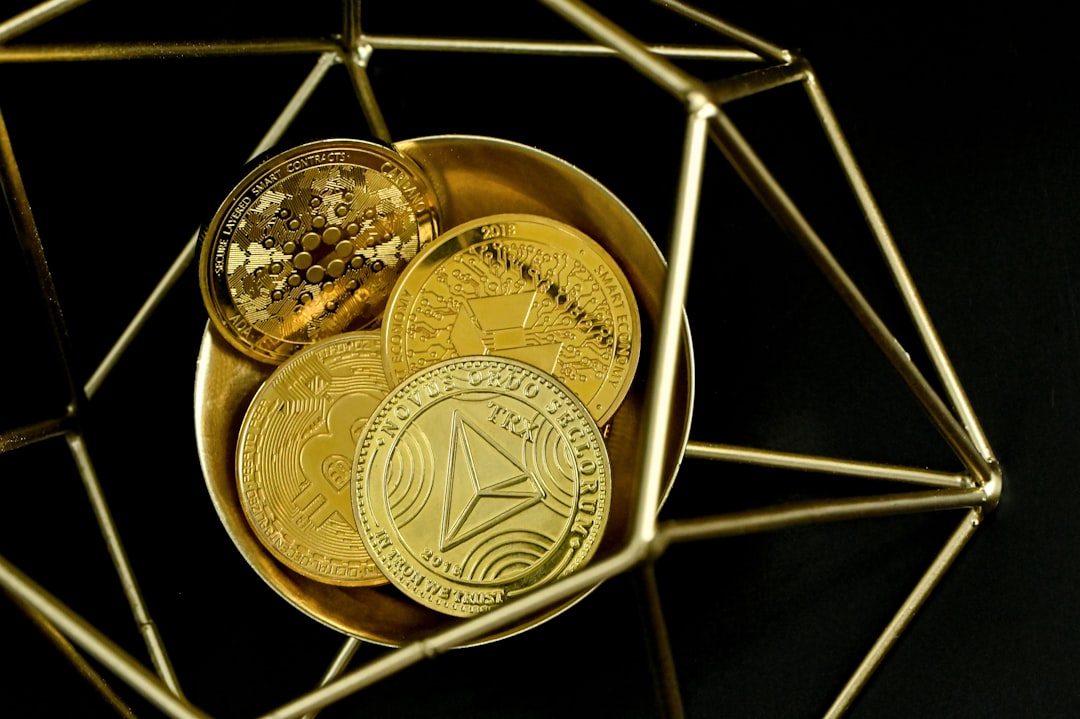
Your back pain is most likely chronic if it has lasted more than three months. It’s possible that it might be intermittent, providing brief relief before becoming a source of irritation. It’s tough to deal with back pain without a clear diagnosis of the source.
When it comes to relieving back pain, Dr. Andrew Nava is your man. offers insight into the most common reasons for back pain, a variety of non-invasive treatment options, and encouragement to keep trying.
Typical Causes of Persistent Back Ache
Although ageing is the most typical reason for persistent back discomfort, an accident may also play a role. The most often cited reasons include:
- Degenerative disc disease, characterised by the progressive thinning of disc cartilage
- Spinal stenosis, a condition characterised by the progressive narrowing of the spinal canal, which may lead to radiating pain along the affected nerves.
- Disc problems like a herniated or bulging disc
Myofascial pain syndrome describes chronic muscle pain and tenderness for no obvious cause.
It might be challenging to identify the source of chronic back pain. Nava recommends seeking a second opinion from a specialist in back pain if your primary care physician has run out of options for treating your condition. Any important choices or medical treatments should be put on hold until the source of the discomfort is discovered. Nava expresses concern that they may not only be useless, but might further exacerbate the situation.
If the cause of your pain is unclear or can’t be surgically corrected, you and your doctor may decide to focus on reducing the frequency of flare-ups and making the pain more manageable instead.
Surgical alternatives for chronic back pain
1.Physical therapy; sometimes called physiotherapy.
As a first line of defence against chronic back pain, regular back exercises are essential. It’s one of the first things to do, under the guidance of your doctor and a spine physical therapist. However, as Nava explains, not everyone has the same results from an exercise programme. Which workouts are ideal for you depends on your specific symptoms and overall health. The ability to maintain the routine at home is equally crucial to the success of the fitness programme.
Some physical therapy alternatives for persistent back pain include the following.
Altering Your Stance
Pain tolerance is being tested.
The benefits of stretching and flexibility training
Contraction of the Abdominal Muscles during Cardiovascular Training
2.Mental and observant training
If you have chronic back pain, you know how draining it can be on your body and mind. You may be referred to a rehabilitation psychologist for assistance in managing the emotional and mental strain of constant pain. Cognitive and relaxation practises like yoga, tai chi, and meditation may be recommended by this professional to help take the mind off of the pain.
3.Diet
Increased inflammation is a common side effect of eating certain meals, particularly those that are processed, heavy in sugar, or both. If you suffer from persistent back pain, it’s a good idea to discuss the potential that your diet is exacerbating the problem with your doctor. If you maintain a healthy weight, the strain on your spine will be reduced, which might ease the pain you’re experiencing in your back.
4.Modifying One’s Habits
You know how important it is to accept your situation and make changes if you have to deal with chronic discomfort. To paraphrase Nava, “Learn to manage yourself” and “listen to your body” are two pieces of advice that may help you out Take your time and do the grocery shopping or the lawn maintenance in many visits. In order to lessen the intensity of your pain, it’s best to refrain from the activities that bring them on. This may not only help with your discomfort, but it may also prevent the underlying problem from progressing. Another positive change you may make is to kick the nicotine habit. Scientific evidence shows that nicotine increases pain perception and slows the healing process.
5 Injections as a treatment option
Treatments for chronic back pain that include injections include nerve blocks, epidural steroid injections, and nerve ablations. They may help rule out alternative causes if the painkillers are ineffective. However, injections are not a permanent solution to pain and should only be used temporarily.
Methods of Treatment, Number
6. Beyond the Routine
Other noninvasive therapies for chronic back pain include acupuncture, massage, biofeedback therapy, laser therapy, electrical nerve stimulation, and others. Discuss the option of seeking treatment outside of the conventional medical system with a specialist in spinal disorders.
Pregalin 50 mg is a medication used to treat neuropathic pain (pain caused by nerve injury) and fibromyalgia (severe muscle pain and tenderness). It is prescribed for diabetic nerve pain, epilepsy, spinal cord injury, restless leg syndrome, and generalized anxiety disorder.
To put it simply, number seven on the list of medical procedures is the ones that use medication.The treatment of chronic back pain may include the use Pain O Soma 350mg medications, such as analgesics, nonsteroidal anti-inflammatory drugs (NSAIDs), and muscle relaxants However, most of them are not suitable for long-term use because of their unpleasant side effects.
According to Nava, “Opioid medications should not be used as the primary, only, or long-term therapy for persistent back pain.” However, many of these solutions are very addictive and do little to address the underlying causes of your distress. When non-opioid pain relievers haven’t worked, it may be time to see an expert and think about using opioids. If you discover that you need opioids just to get through the day, it’s time to obtain a second opinion.


